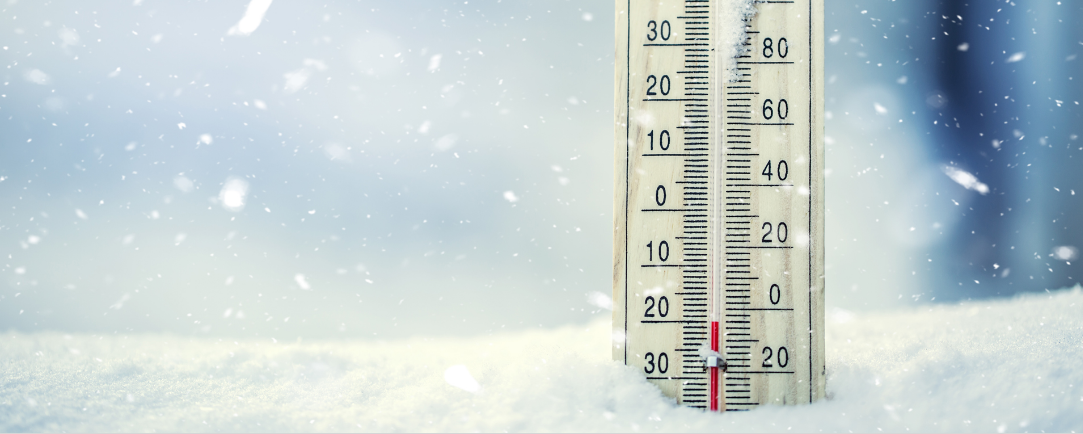The sudden stratospheric warming event is about to deliver the UK’s coldest spell of weather this winter!
Later this week we see the winds switch to an easterly direction and whilst the coldest of air is yet to come, even by Friday and Saturday we’ll already start to see the changes occur across eastern areas as day time and overnight temperatures start to drop.
As we head into Sunday we start to see a snow shower risk across eastern coastal counties of England and Scotland with perhaps some more organised precipitation (sleet/snow) across E Scotland.
Monday is when the coldest air is expected to start digging in with very cold air being sourced all the way from Siberia. Snow shower activity will increase as well as the distribution of snowfall amounts across eastern and southeastern coastal counties of England and Scotland.
The SSW (Sudden stratospheric warming) event has the effect of weakening or even sometimes completely disintegrating the Polar Vortex in the Stratosphere, as the winds in the Stratosphere also change from a Westerly to an Easterly direction, and these effects can then filter down the atmosphere and all the way down to the surface, replacing the low pressure that usually encircles the Arctic circle with high pressure (known as Northern Blocking).
This has two effects. First of all, it allows the cold air across the Arctic to flood South and secondly it has the effect of reversing the direction of the wind from a Westerly to a Northerly or Easterly – both cold directions usually for the UK in winter.
What we’re seeing is heights develop to the north and north east and with a weakening jet stream heading south it then allows colder air from the east to move west, a reversal of our dominating westerly/Atlantic pattern!
Day time maximums and overnight minimums will really take a dive with the potential for a significant windchill factor both by day and night. For many areas day time temperatures will struggle to get above freezing with many areas staying subzero.
Whilst there are still uncertainties with regards to snowfall amounts at such a range, with very cold upper air temperatures combining with above average North Sea Surface temperatures this will likely result in heavy snow showers (convection) due to the differential temperatures in the upper atmosphere and at the surface.
In such a flow eastern areas would be expected to see most of the snow showers, however due to the time of year where we see increased solar output it wouldn’t surprise me if we where to see convection (snow showers) across many central and western areas.
We also look at features developing in the flow, for example troughs which may bring spells of substantial snowfall to many areas or even areas you would least expect.
The weather is turning much colder, snow will be in the forecast so stay tuned with my updates. Whilst things may change slightly, for example whether the ‘coldest’ of uppers come across the North Sea to affect us, however I’m confident that we will see a ‘beast from the east’. You will find some interesting charts from today’s model out below (gfs and ecmwf models).
Lewis
ECMWF model for Monday and Tuesday of next week (850hpa temperature and sea level pressure).





